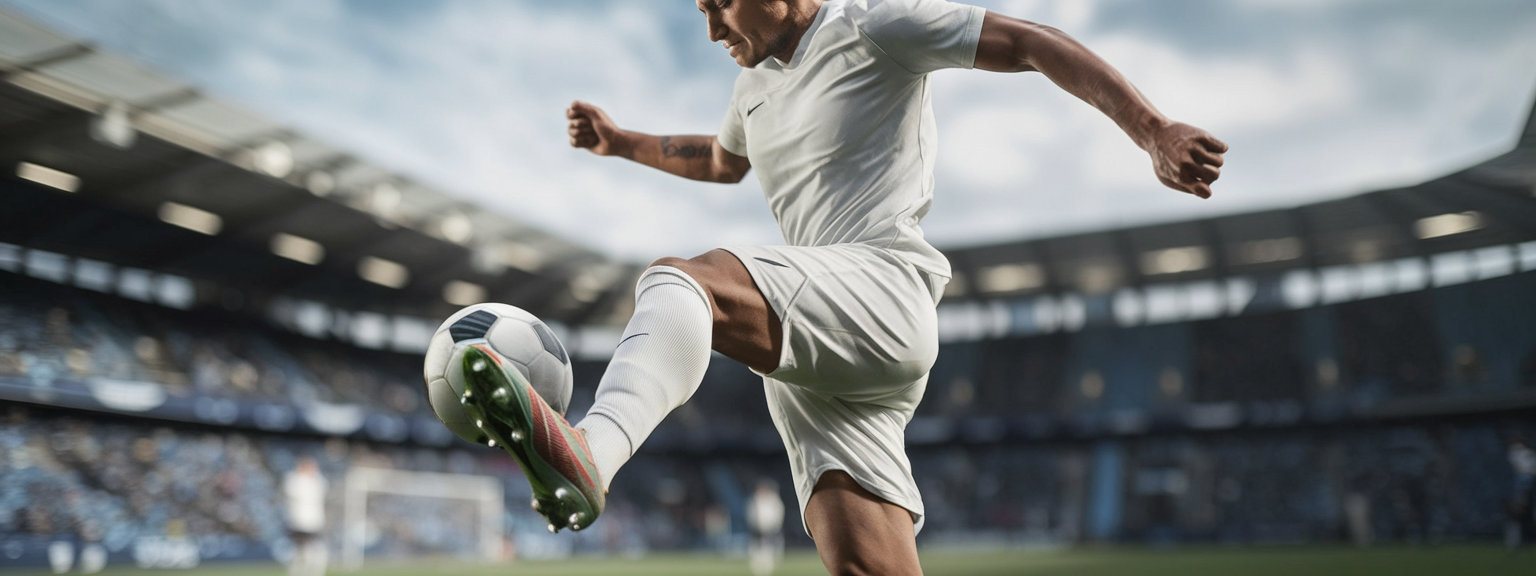Mastering Sports Photography: Timing & Technique for Perfect Shots

Sports Photography is one of the most thrilling and demanding genres of photography. It requires a precise understanding of timing, strong technical ability, and mastery of sports camera settings to capture athletes at their peak moments. From freezing action photography in a soccer match to conveying the raw emotion in motion shots, photographers must balance technical expertise with artistic vision. In this guide, we will explore the essentials of sports photography, focusing on timing, technique, and practical strategies for capturing unforgettable sports events.
📝 Step-by-Step Guide: Sports Photography Timing And Technique
1. Understand the Sport
Capturing athletes effectively requires knowledge of the sport itself. A good sports photographer anticipates movement by understanding rules, strategies, and typical patterns of play. Observation and preparation enable you to position yourself correctly and time your shots perfectly.
2. Select the Right Gear
- Camera: A DSLR or mirrorless with high burst rates (10+ FPS) and reliable autofocus.
- Lenses:
- 70-200mm f/2.8 for football, basketball, or soccer.
- 300mm or 400mm primes for long-distance sports such as baseball and athletics.
- Wide-angle lenses (16-35mm) for immersive stadium perspectives.
3. Master Camera Settings
- Shutter Speed: 1/1000 sec or higher for sharp action, 1/200–1/400 sec for motion blur effects.
- Aperture: Use f/2.8–f/4 to isolate subjects and maximize light intake.
- ISO: Varies by lighting—ISO 100 outdoors, ISO 3200–6400 indoors.
- Drive Mode: Continuous/burst mode.
- Focus Mode: AI Servo or Continuous AF to track athletes in motion.
4. Strategic Positioning
Positioning can determine your success. Sidelines, behind goals, or finish lines provide the most dynamic opportunities. Low angles add intensity, while higher perspectives include the full context of sports events.
5. Perfect the Timing
Anticipation beats reaction every time. Instead of following the play too late, prepare to press the shutter just before a peak action moment for flawless motion shots.
6. Post-Processing
Use Lightroom or Photoshop to adjust contrast, sharpen details, remove noise, and crop compositions while preserving storytelling integrity. Digital editing refines your sports photography for professional presentation.
📌 Practical Applications: Sports Photography Timing And Technique
The techniques in action photography extend into multiple areas:
- Sports Media: Magazines, news agencies, and live coverage platforms depend on sharp, dynamic photography.
- Team & Athlete Branding: Essential for sponsorships and promotions.
- Youth & Amateur Sports: Families and schools value skilled coverage of athletic milestones.
- Commercial Advertising: Brands use sports imagery for energetic, authentic marketing campaigns.
- Creative Expression: Moving beyond documentation, photographers can explore abstract storytelling via motion and emotion.
💡 Tips & Tricks: Sports Photography Timing And Technique
- Predict Rather Than React: Anticipation improves your chances of success.
- Crop for Impact: Shoot tight and refine composition further in post-editing.
- Use Blur Artistically: Motion blur can powerfully convey speed and energy.
- Mind Your Background: Clean, uncluttered backdrops enhance focus on the subject.
- Employ Pre-Focus: Focus on a hotspot where action will likely unfold to capture decisive moments.
📸 Sample Scenario
Consider a soccer match:
- Set gear: 70-200mm lens, shutter 1/1250 sec, aperture f/2.8, ISO 800.
- Position: Near the goalpost for attacking sequences.
- Execution: Anticipate striker’s movement, press burst mode at the critical shot.
- Outcome: Capture an iconic frame of foot-to-ball impact with blurred crowd as backdrop.
✅ Key Do’s for Effective Usage
- Use fast shutter speeds.
- Shoot in RAW format for editing flexibility.
- Scout your position before the game starts.
- Carry extra batteries and memory cards.
- Keep both eyes open to anticipate stray movements.
❌ Common Mistakes to Avoid
- Relying on automatic mode for complex situations.
- Using inappropriate ISO for available light.
- Choosing single-shot AF instead of continuous autofocus.
- Failing to anticipate play—resulting in missed opportunities.
- Ignoring composition, which weakens storytelling impact.
🔄 Troubleshooting & FAQs
What are the best camera settings for indoor sports?
Use shutter speed at 1/1000 sec or higher, aperture f/2.8, and ISO 3200–6400. Indoor environments require balancing speed and noise reduction.
How can I freeze fast-moving athletes?
High shutter speeds (1/1250–1/2000 sec) are essential. Additionally, burst mode increases the chances of capturing the decisive instant.
Is it possible to shoot sports with a smartphone?
Yes, but limitations exist, especially in low light. For best results, use manual apps with burst shooting outdoors.
How do I create motion blur intentionally?
Drop shutter speed to 1/100–1/250 sec and pan with the subject. This isolates the athlete sharply against a blurred background.
What’s the most versatile lens for action photography?
The 70-200mm f/2.8 lens is widely regarded as the most versatile, balancing range, speed, and performance across many sports.
🖼️ Bringing It All Together
Sports photography merges technical mastery with storytelling artistry. Beyond freezing motion shots, the best images convey drive, emotion, and the dynamics of competitive sports. By honing shutter speed, refining timing, and selecting strong angles, you can consistently produce images of impact.
With continuous learning, anticipation, and experimentation, you will not only enhance your technical expertise but also elevate your storytelling ability through photography. Sports photography is more than capturing athletes—it is about preserving timeless moments of struggle, victory, and human emotion.
Visit our Photography Content Hub
Smart Resize by SmartLink Basics iPhone or iPad app
“`

![[Level Up Your Skills Workspace] [Person at desk using laptop and notebook to level up your skills]](https://lenslesson.com/wp-content/uploads/2025/12/level-up-your-skills-planning-workspace.png)
![[Daily Creative Inspiration Journaling] [Person journaling at a sunlit desk capturing daily creative inspiration with a notebook and coffee.]](https://lenslesson.com/wp-content/uploads/2025/12/daily-creative-inspiration-journaling-ideas.png)
![[Post Processing Essentials Demo] [Photographer editing images on a monitor demonstrating post processing essentials workflow]](https://lenslesson.com/wp-content/uploads/2025/12/post-processing-essentials-overview.png)
![[Stunning Images Lighting Composition] [Photographer adjusting studio lights for Stunning Images during a portrait session.]](https://lenslesson.com/wp-content/uploads/2025/12/advanced-stunning-images-lighting-composition-editing.png)

![[travel-photography-tips-sunset-cliffs] [Photographer shooting a sunset over coastal cliffs demonstrating travel photography tips]](https://lenslesson.com/wp-content/uploads/2025/11/travel-photography-tips-sunset-cliffs-gear-composition.png)